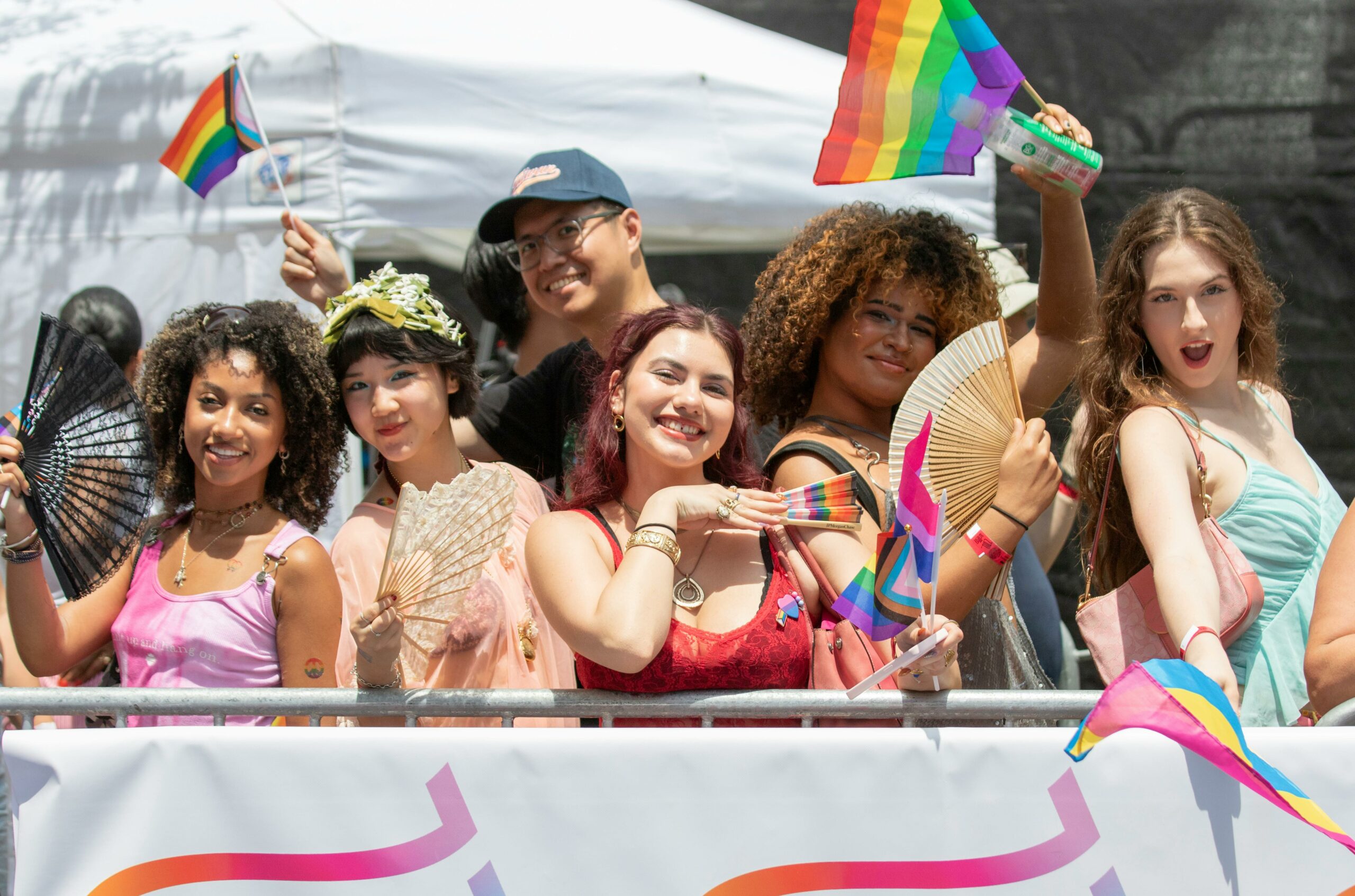
Celebrations, Demands, and New Challenges
Pride Month 2025 has just come to a close, marking once again a time when millions of people around the world take to the streets to celebrate LGBTQIA+ pride and reflect on ongoing struggles. In Italy, the calendar was packed with over 40 Pride events, organised from north to south, involving major cities such as Milan, Rome, Naples, Turin, and Bologna, as well as smaller towns like Pavia, Lecce, Arezzo, and Sassari—evidence of a growing, nationwide network.
In the Streets: Participation and Awareness
The events drew large crowds, showing a vibrant and determined community, along with increasing solidarity from broader civil society. According to organizers, over 900,000 people attended the Rome Pride, while Milan reached around 350,000 participants. Naples and Turin also saw significant turnouts, reaffirming their roles as hubs of activism and visibility.
Beyond the music and color, strong messages were voiced: equal rights for same-sex families, protection for trans and non-binary individuals, stronger legislation against violence and discrimination, and the long-awaited approval of an anti-hate law—still missing from Italy’s legal system after the rejection of the Zan bill in 2021.
A Look at Europe: Progress and Resistance
Across Europe, Pride Month painted a varied and insightful picture. In Madrid, World Pride drew over one million attendees, confirming its place as one of the continent’s biggest LGBTQIA+ events. Berlin and Amsterdam hosted massive, politically charged parades, while in Paris and Brussels, Pride celebrations emphasized the link between LGBTQIA+ rights and European democratic values.
Particularly striking was the case of Hungary. Despite an openly hostile political climate and restrictive legislation, Budapest Pride saw thousands of participants take to the streets—a courageous and by no means predictable show of presence. It served as a powerful reminder that even in the face of adversity, communities can stand strong and demand dignity and freedom. In Poland, marches were held under tight surveillance and faced some limitations, but thankfully without major incidents.
These diverse contexts highlight how progress toward equality in Europe is uneven, and how much work remains for the European Union to ensure common rights and protections for all LGBTQIA+ citizens.
Italian Institutions: Modest Openings and Loud Silences
In Italy, institutional responses to Pride Month were mixed. The President of the Republic reaffirmed—via an official statement—the importance of countering hate and building an inclusive society. Several mayors and regional leaders attended marches or granted official sponsorship, often accompanied by rainbow flags displayed on public buildings.
In contrast, the national government remained silent. Some members of the ruling majority criticized the event or voiced conservative positions, especially on issues like sex education in schools and legal recognition for children of LGBTQIA+ parents. In some cities, symbolic acts of censorship occurred, such as the denial of sponsorship or rejection of Pride-supportive motions in local councils.
Emerging Issues and the Role of Youth
One notable trend this year was the increased visibility of trans and non-binary people, who were often at the center of panels, workshops, and public discussions. Access to hormone therapy, simplified legal gender recognition, and combatting transphobia were key topics, as was the demand for more authentic representation in media and pop culture.
Younger generations played an especially active role, bringing new languages, digital content, and an intersectional lens to the movement. Pride continues to be a key space for understanding the evolution of LGBTQIA+ activism, now increasingly attuned to internal diversity and connected to broader social justice causes like feminism, anti-racism, and environmentalism.
A Balance of Lights and Shadows
Pride Month 2025 ends on a positive note in terms of visibility and participation, but many challenges remain. The gap between a society that is often more inclusive and forward-thinking and its political institutions is still wide. Meanwhile, the presence of extremist groups at counter-protests and the rise in online hate speech show that there is still much work to be done.
One thing is clear: Pride is more than a parade. It is a moment of collective awareness—a time to weave together memory and future, rights and dreams, politics and identity. Year after year, Pride helps build a society that is freer, more just, and more inclusive—in Italy, across Europe, and beyond.